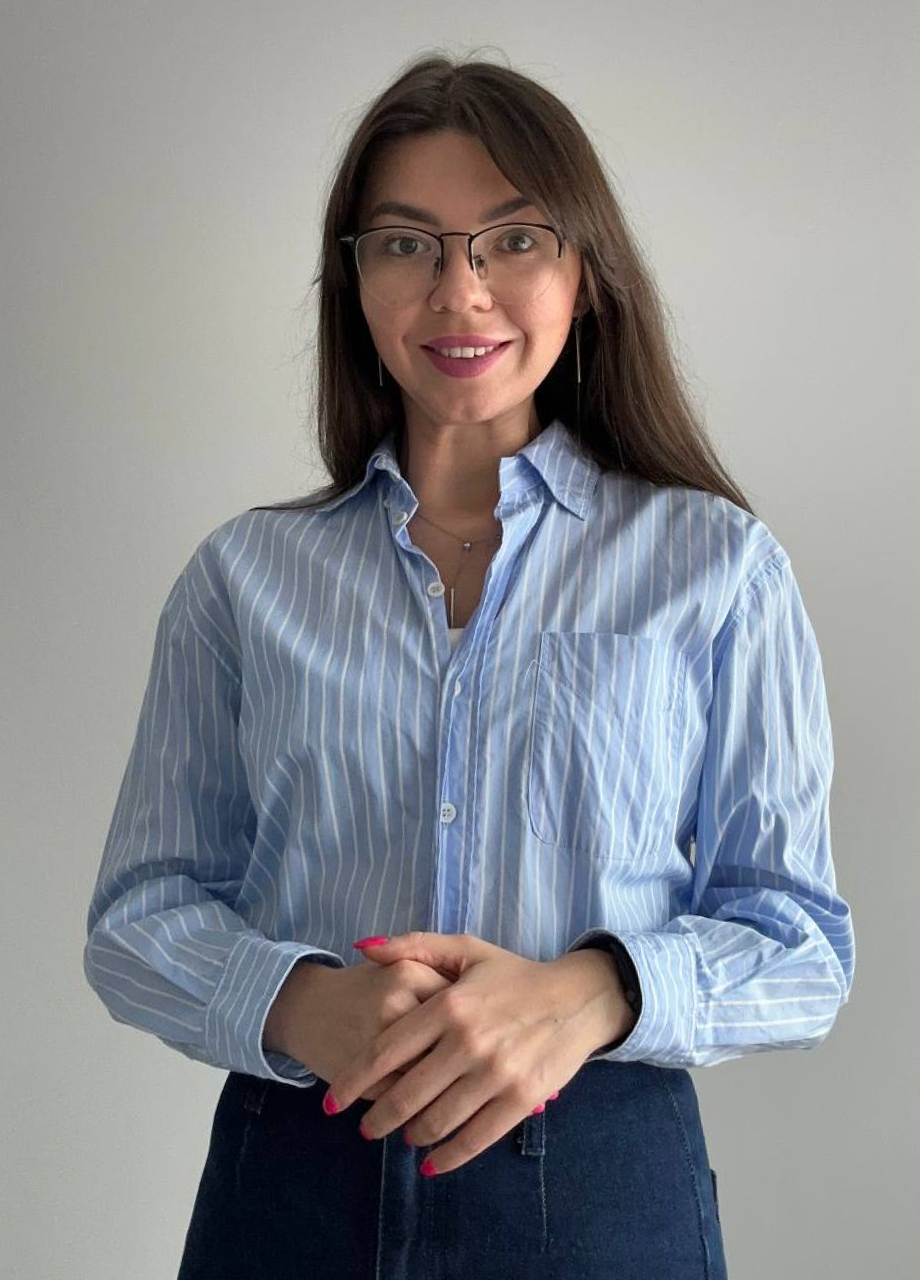ETH Zurich chose us for our cost-efficiency, rich experience with interactive map design, and ability to cover every detail.
MOSAIC stands for Modern Ocean Sediment Archive and Inventory of Carbon and is a scientific project led by Biogeoscience group of ETH Zurich to provide scholars with better opportunities for marine environment research.
MOSAIC stands for Modern Ocean Sediment Archive and Inventory of Carbon and is a scientific project led by Biogeoscience group of ETH Zurich to provide scholars with better opportunities for marine environment research.
- Design and build a feature-rich interactive map of marine sediments
- Ensure easy maintenance and seamless filter addition for non-tech professionals





